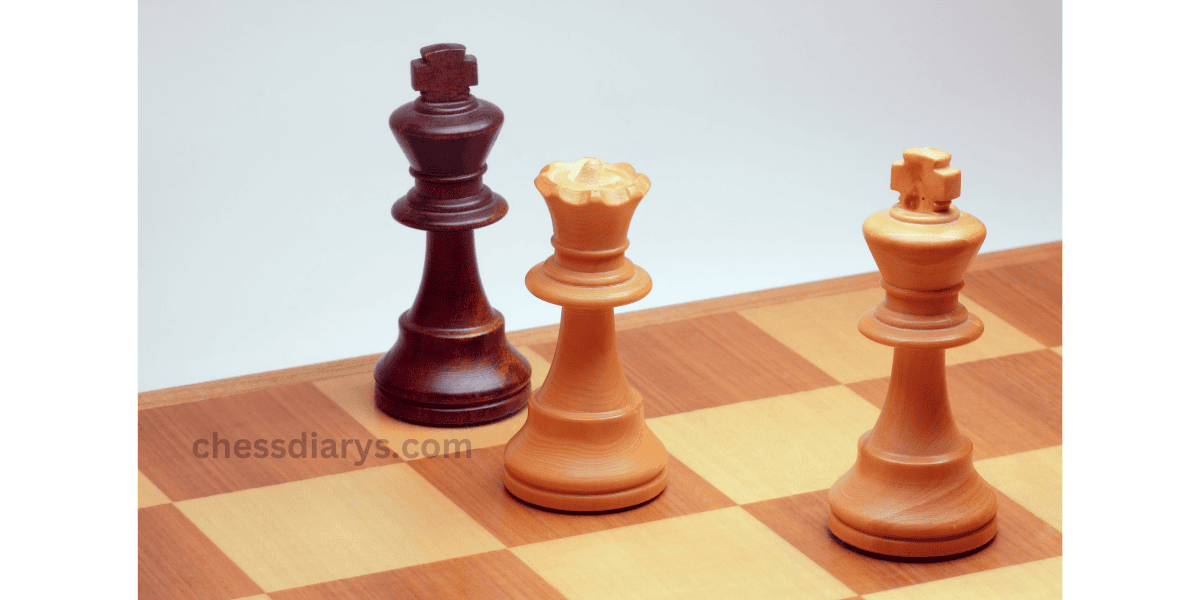Chess is a game where success usually depends on strategy and patience. Careful planning is essentially one of the most important features of playing chess. One of the important aspects of playing chess is delivering a checkmate situation. This is when your opponent’s king is in a position where it cannot escape capture. Learning how to get checkmate in chess is one of the basic skills every player should know. In this article, we take a close look at the various strategies and tips you could bring forward to checkmate.
What Is Checkmate?
Checkmate happens when a player’s king is in such a position that it can be captured-in “check”-and, most importantly, when there is no legal move available to take the king out of capture. It simply means the king is in danger, and there is no good way to move it or block the attack. The very moment a checkmate occurs, the game ends instantly, and the player giving checkmate is considered the winner.

How to Achieve Checkmate in Chess
Checkmate can indeed be administered in a plethora of ways, but most chess strategies focus on the occupation of key areas around the board with coordinated pieces, responding to specific opportunities where your opponent’s king is in a precarious situation. Some of the more well-known techniques for delivering checkmate include the following:
1. Back-Rank Checkmate
One of the most common ways, especially among the lower classes of players or intermediate players, to win a game of chess is through a back-rank checkmate. This happens because an opponent’s king has been forced onto the back rank by his pawns. You will try to use a rook or a queen against the king that cannot move forward due to its pawns in front.
To achieve this, always look out when the king has no escape squares on the back rank. Place your rook or queen to be directly attacking the king, and the game will be over.

2. The Smothered Mate
Smothered mate is a checkmate where the opponent’s king has been surrounded by its pieces and cannot move. The knight is normally considered to be able to provide checkmate due to this specific method. Because of its very special L-shaped movement, it will be able to deliver a sneaky checkmate when the king is boxed in by its own pieces.
This is one of the more famous smothered mate sets, where one uses their queen to get the opponent’s king into a corner and then uses their knight to deliver the final blow. Satisfying and clever way to end a game.

3. Scholar’s Mate
The Scholar’s Mate is one of the quickest ways of giving checkmate in chess and usually comes courtesy of beginners. Both the queen and bishop are involved in an early attack against the f7 square, which is only defended by the opponent’s king.
To do Scholar’s Mate, you will be moving your bishop to c4 and your queen to f3; for Black, this is f7. If your opponent isn’t being too careful and doesn’t defend against this well, you can checkmate them on your next move with taking the pawn at f7 with your queen.

4. The Fool’s Mate
Fool’s Mate is the fastest checkmate, which can occur in only two chess moves. It hardly ever happens since it requires a player to make really horrific opening moves. In this, the player opens up the king’s defense by moving the pawns and then allows his opponent to deliver quick checkmates with his queen or bishop.
While unlikely ever to win a game with it, it’s still fun to know this historic checkmate against a skilled opponent.

5. Two Rooks Checkmate
Having two rooks enables you to block the opponent’s king from one side of the board. This is one of the most basic and reliable checkmate techniques. You are able to “cut off” the opponent’s king by placing your rooks on adjacent files or ranks and gradually force the king into a corner or edge of the board, where it has no escape.
Once he is enclosed, bring one of your rooks to checkmate position and that will be the end of the game.

6. Queen and King Checkmate
If you have a queen and your opponent has only one king left, the checkmate is inevitable, provided you play carefully. The task here is to employ your queen and king to limit the opponent’s king while gradually forcing it towards the corner or edge of the board.
Once the opponent’s king is cornered, put your queen a knight’s move away from the king-so the king has no escape squares-and then bring your king in closer to help secure the checkmate.

Tips for Delivering Checkmate
Control the center: The center of the board is crucial for delivering checkmate. By controlling key squares, you can limit the opponent’s king movement and open opportunities for a decisive attack.
Coordinate your pieces: Checkmate often requires multiple pieces working together. Make sure your pieces are placed strategically to support each other and cover the opponent’s escape routes.
Watch for weak squares: Weak squares around the opponent’s king, such as f7 or f2, are prime targets for delivering checkmate. Focus on exploiting these weaknesses whenever possible.
Use your king: In the endgame, don’t forget to use your king as an active piece. It can help support your pawns and limit the opponent’s king movement, making it easier to deliver checkmate.
Conclusion:
The art of checkmate in chess is something every player should know. Be it the simple back-rank checkmate, the clever smothered mate, or the classic two rooks checkmate, in each case, the secret to success rests with the will to have control of the board and coordinate your pieces. Practice these methods, and you’ll become more confident in delivering checkmate and winning games.









